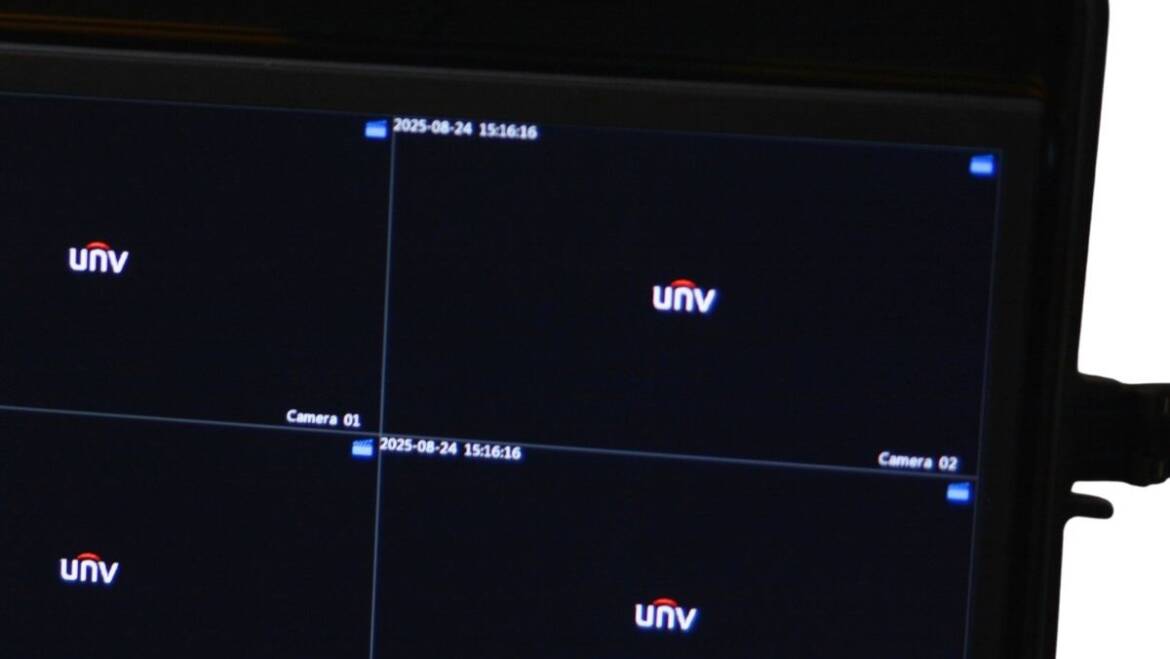What’s the Difference Between Full HD Video Systems and LCD Displays?
When it comes to underwater operations, having a reliable video system is essential. Divers and commercial companies depend on clear visuals to ensure safety, accuracy, and efficiency. But with so many options on the market, it’s important to understand the difference between Full HD video systems and older LCD displays.
-
Resolution and Clarity
- Full HD (1080p) delivers sharp, high-definition images that allow divers to see every detail, even in low-light conditions.
- Standard LCD systems usually offer lower resolutions, which means less clarity and reduced visibility under water.
In underwater environments where every detail matters, this difference can make a huge impact.
-
Reliability in Harsh Conditions
- Full HD systems are designed with modern technology and durable housings (such as stainless steel), making them highly resistant to pressure, corrosion, and long-term use.
- Older LCD models may not withstand tough underwater conditions as effectively, leading to more frequent maintenance or replacement.
-
Enhanced Recording and Playback
Full HD cameras allow for high-quality recordings that can be reviewed later with precision. This is especially valuable for inspection, training, and reporting.
LCD-based systems often fall short when it comes to playback clarity, which can affect post-dive analysis.
-
Why Professionals Choose Full HD
For commercial diving companies, offshore projects, and inspection teams, using Full HD systems ensures:
- Better visibility and safety
- Accurate documentation
- Fewer system failures
- Professional-grade results
Final Thoughts
The difference between Full HD and LCD video systems is clear. If you want unmatched clarity, durability, and performance under water, a Full HD system is the right choice.
👉 Contact us today to learn more about our advanced Full HD video systems and how they can support your diving operations.
